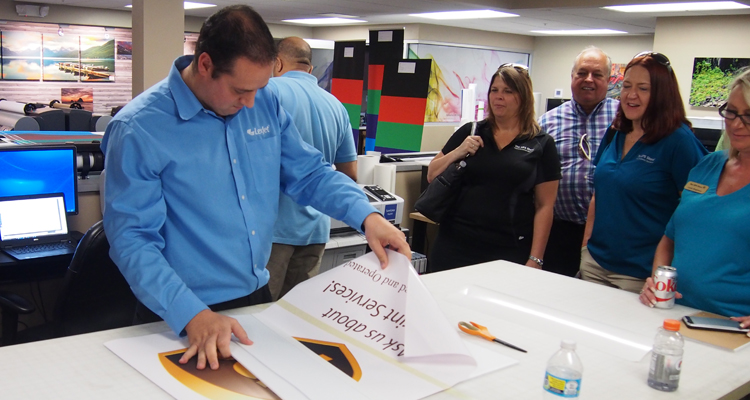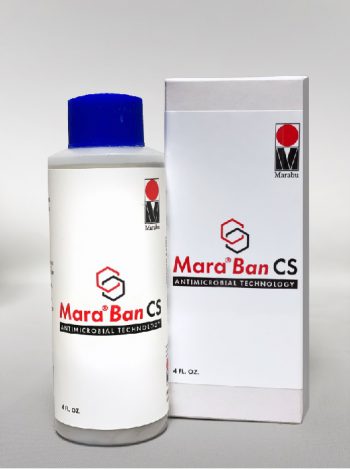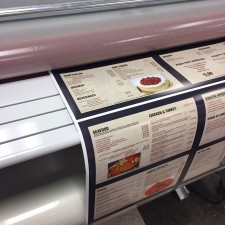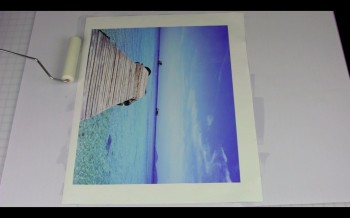We all want to feel safe, right? That is especially true in 2020 as COVID-19 continues to be a huge presence around the world. You’ve, no doubt, seen the images of the grocery store, showing aisles of paper towels, toilet paper, and hand sanitizer completely sold out. Protecting yourself and customers from potentially harmful, and even deadly, viruses, diseases and bacteria has become more important than ever. Well, out of necessity comes innovation. Several companies in the print and packaging industry are capitalizing and unveiling antimicrobial products.
We’re talking about antimicrobial paper, antimicrobial wipes, antimicrobial ink, and even antimicrobial varnish. It’s not exactly a new concept. You can find references online to antimicrobial products dating back as far as 2007. But, with health experts announcing new safety measures almost daily, our personal care has never been more important, and the demand has never been higher. Remember when it was considered “state of the art” that an Apple iPod could hold 50 songs? That’s almost laughable now. And I’m not talking about some of the songs you might have downloaded back then.
Quite simply, the technology is light years more advanced. That’s why companies within the print and packaging business keep trying to build a better mousetrap. Marabu is the latest company to develop an antimicrobial product. It’s an additive that’s put in its Clearshield Coating, designed to protect you from bacteria, viruses, and other disgusting microorganisms. We’ve got more details about Mara Ban HERE.
There’s even more antimicrobial products in development across the industry and you’ll see some of them very soon. It will, no doubt, add tons of money to bottom lines everywhere. But will also do something even better; give customers the peace of mind that industry leaders care about their health and safety.






